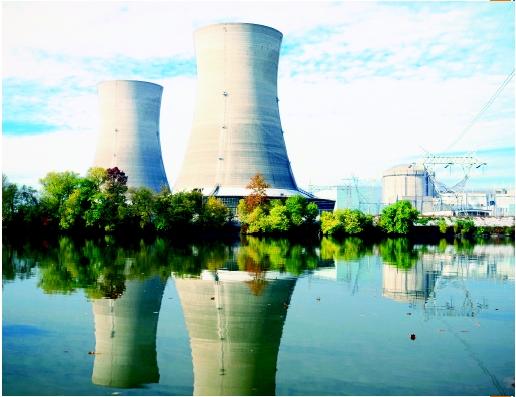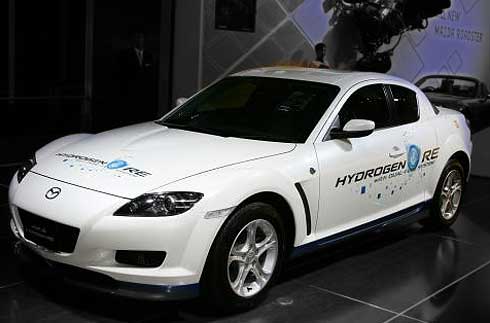 Copyright (c) 2008 Virginia Ginsburg
Copyright (c) 2008 Virginia GinsburgGiving green gifts is increasingly popular, as it provides an opportunity for your gift to stand out from the crowd and make a positive impact on the Earth.
When giving a green gift, you have to consider several elements, including the gift itself, its source, its packaging, and the company providing it. These elements all make an impact on the Earth, and thus deserve careful consideration.
First of all, the gift itself must be considered. Ideally, its contents should be organic, or at least have a minimum impact on the Earth. For example, paper products should be recycled; cloth products should be made of organic fibers like cotton, bamboo or hemp. Wooden products should be made of fast-growing woods or recycled hard woods.
Second, the packaging of the product should be minimal to reduce waste. Seek zero packaging when possible. Next best is recycled paper packaging. The least desirable packaging is plastic, which takes significant energy to produce and is difficult to recycle. If the only option is plastic packaging, seek minimal amounts of plastic.
Third, the source of the gift is important based on both human rights considerations and transportation costs. It's no secret that most U.S. companies manufacture their products outside of the U.S. This is sometimes the only option when it comes to economy, but you can be a conscious consumer by researching the country of origin to determine how likely it is that they frequently are cited for human rights violations. The fuel costs involved in shipping products from foreign countries vary, but can make a significant impact on the product's overall cost to the environment.
Finally, consider the company itself. It may surprise you to discover that some companies that sell green products are actually not green at all. They may actually be less than green companies. Other companies that use less sustainable products may in fact be greener overall when you consider product sourcing and packaging. The best thing to do is to think beyond the label on a product and do a little bit of research. Consider the concepts above and apply them to all of your green purchases for more conscious consumption.
Eight Easy Options For Green Gift Giving
1. Gift Certificates - require almost no transportation resources or packaging, and ensure the recipient will get exactly what he or she wants. Choose local, environmentally-conscious companies from which to secure the certificates.
2. Organic Products - are often sourced from environmentally-conscious companies that minimize their impact on the world. Consider clothing, accessories and beauty items.
3. Charity Donation - requires no transportation resources or packaging, and directly make a positive impact on the world. Check out organizations that benefit global resource initiatives, focusing on something meaningful to the recipient like water or air quality, or wildlife protection.
4. Local Home-Made Products - buying locally-made products supports the local economy and minimizes transportation impact. Look for hand-made gift items like bags, decorative boxes and children's toys.
5. Massage - a hands-on gift requires almost no waste, and the only products required are a little bit of massage oil.
6. Eco Spa Day - while many spas use treatments that are tested on animals and contain ingredients that don't meet the green standard, eco spas specialize in treating guests to luxury without negatively impacting the Earth.
7. Home-Made Food - if you like to cook, select the best organic and locally-grown products available and prepare a home-made meal that you can either share or drop off. Don't live nearby? Bake organic cookies and send them in the mail.
8. Week of Groceries - take the task of grocery shopping off their to-do list by visiting the local farmer's market or responsible grocery store. Remember to include some recipes for how they can cook the food!












 This is a great increase in the use of green energy, demonstrating the ability to turn our industry to green energy.
This is a great increase in the use of green energy, demonstrating the ability to turn our industry to green energy.






